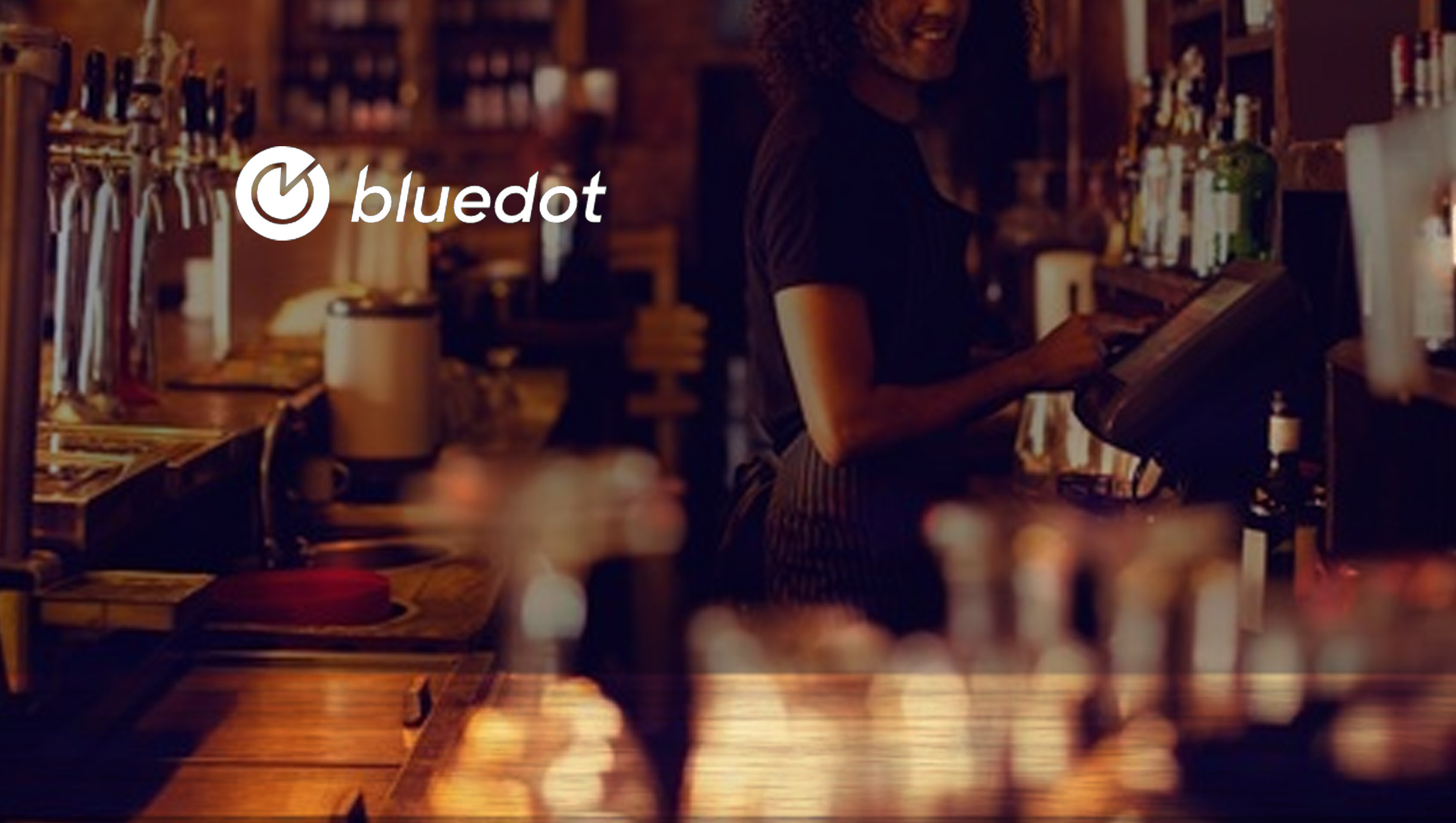-
QSRs face steep competition as smaller footprint and concept stores pick up speed
-
Marketing embeds itself in operations to deepen customer engagement; location and behavior data become more valuable
Bluedot, a customer arrival platform that empowers businesses to provide real-time interactions, contextualized marketing engagements, and pickup solutions, today revealed six restaurant industry predictions expected to emerge in 2023.
“Consumers will always want fast food, but even recession-proof QSRs are likely to face steep competition in the coming year as coffee chains, convenience stores, and new concept stores threaten to take a bite out of their bottom line,” said Emil Davityan, Bluedot co-founder and CEO. “We’ll see marketing play a much bigger role as restaurants lean into mobile apps and data to make more actionable operational decisions with an emphasis on personalization and loyalty to retain market share. And, clearly, it will be the brands that invested in on- and off-premise technologies over the last two years that will be better positioned in the year ahead.”
Marketing Technology News: New Study: Leading SaaS SEO Companies In The World
Restaurant trends and predictions for 2023 include:
- Smaller footprint stores will emerge focused on off-premise strategies and rapid order pickup. As consumer restaurant habits continue to shift away from in-store dining and mobile ordering becomes more prevalent, some restaurant brands have acquired real estate as well as off-premise technology solutions for new stores uniquely designed for mobile orders, curbside pickup, and the drive-thru. In lieu of in-store dining, we’ll see distributed, smaller footprint stores that offer a highly personalized customer experience and real estate optimized for order pickup, whether that’s dedicated mobile-only drive-thru lanes or curbside pickup spots. These initiatives will be further enhanced by automation such as AI voice ordering, reconfirming order details, and the like.
- Driven by marketing initiatives and data, restaurants will lean into hyper-personalization. To lure customers into stores, customization will be marketing driven with digital-first strategies. Brands will experiment with dynamic pricing, personalized menu items, and deals based on a micro-level understanding of the individual customer, whether they’re on-premise for upsell opportunities or on their way to the store. For example, digital menu boards will become more prevalent to display personalized, preferred menu options based on loyalty data, etc.
- Fast food remains popular, but competition heats up. QSRs aren’t just competing with their rivals anymore, there’s growing competition between fast food brands and stores that offer a faster, easier, or more engaging buying experience such as smaller footprint stores, coffee chains with shorter drive-thru lines, or convenience stores that continue to invest heavily in food service initiatives. Some fast food customers are also lured away from QSRs in search of healthier options, clean ingredients, or even environmentally friendly packaging that reduces the carbon footprint. In some cases, smaller restaurants may need to be more mission-driven and provide a healthier menu to compete.
- Multi-brand conglomerates will explore ways to use data across restaurants. In order to lure customers from one store to another and drive frequency across multiple brands, conglomerates will soon leverage customer data platforms (CPD) and efficient technology solutions to enable omnichannel marketing initiatives, consolidated loyalty programs, and other promotional campaigns across different restaurants. For example, we might see mobile apps that encompass multiple restaurant brands and allow customers to use consolidated points or rewards at multiple restaurants. Of course, it will all be dependent on consumers’ openness or sensitivity to shared data across a family of brands.
- Tech-friendly concept stores will gain momentum and many will include drive-thrus. To test new genres, menus, or even customer experiences, concept stores will continue to pop up as a way to better gauge consumer demand, feedback, and preferences before a full-scale rollout. This could include multiple restaurant brands within one store, bringing popular items from one restaurant into another’s menu, or a fresh new concept store that offers high-end burritos or a farm-to-table menu.
- The online and offline customer experience is becoming one experience. Brands recognize that the customer experience doesn’t stop once a mobile order is placed or when a customer leaves the store. Highly valuable contextual data that captures customer behavior, preferences, demography, location, and more both on- and off-premise will enable marketing to make more actional decisions and deliver a consistent and seamless customer experience whether that’s on a mobile device, in-store, or a combination of both. This is not just a seamless handoff between online and offline, but a full engagement integration at the technical level, ultimately delivering bespoke customer experiences.
Marketing Technology News: MarTech Interview with Laura Goldberg, CMO at Constant Contact











